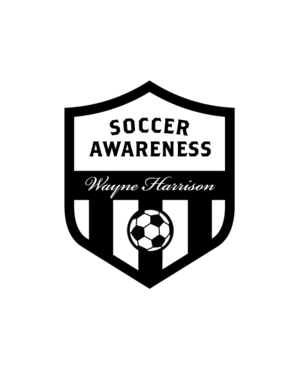Free eBook: Teaching Strikers Receiving the Ball to Feet with Their Backs to Goal
/All start positions should be with the idea of getting the ball into the strikers’ feet to receive it with their back to goal; and then developing the play from there. Emphasize the striker getting across the defender if the defender tries to get in front of them to intercept the pass to them, and using their body to block them off. This can be a big problem for a striker if they are not aware of where the defender marking them is. Secondary movements and developments will result from there. Using the three R’s to teach this; Review, rehearse and restart.
Read More

























